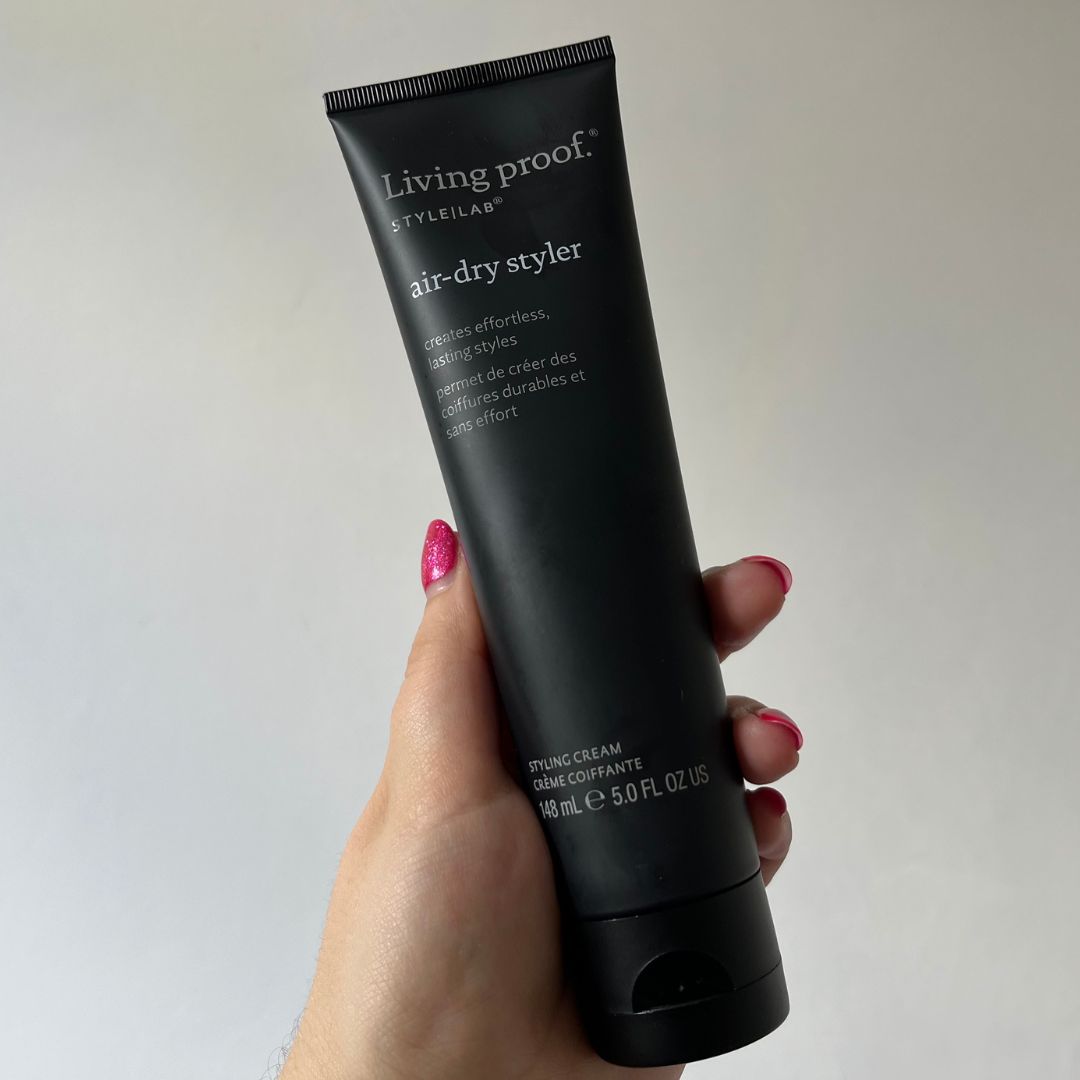Orgasmic birthing: What is it (and how on earth do you do it)?
Birthing's best-kept secret?


Birthing's best-kept secret?
Stick with us here: If you've ever wondered why an orgasm feels so good, it's because all the neurons in your brain are focussed to such a point that you're basically sent into a dreamy, trance-like state. Now add in a huge dose of good old oxytocin (the love hormone that's released during sex) and you've got yourself one big rush.
But what you might not have known is that oxytocin is also released during childbirth, and even lactation, and that some women experience orgasm when in labour: Enter orgasmic birthing. Weird, right?
This idea is met, understandably, with fascination and horror in equal measures. But here's the science: birthing hormones released by both mother and baby result in a hormonal high that is intended to promote bonding, but it can also evoke a physical experience for the mother that is similar to that of an orgasm. Just one point: ask any woman you know who's experienced childbirth and 'ecstasy' might not be top of her list to describe what it feels like to squeeze out a tiny human being.
However, scientific research shows that in the few minutes leading to delivery, a woman's oxytocin levels peak to the highest capacity (which is also what happens when we orgasm) traditionally to encourage the safe delivery of your baby and placenta without too much blood loss, and some women have described that hormonal rush to be the same as an orgasm.
So why is no one talking about it?
To link childbirth and climaxing seems like a total taboo. In a survey by the Positive Birth Movement and YouTube community Channel Mum, it's been reported that only six per cent of women have admitted to orgasming while giving birth but those numbers are known to be skewed because women feel awkward admitting it.
Famous natural birth activist, Ina May Gaskin, who wrote alternative birthing bible Spiritual Midwifery (read by the likes of Isla Fisher and Davina McCall) has always been an advocate of pleasurable, drug-free births. She calls 'ecstatic birth the best natural high that I know of,' claiming that 'women don't have a way to know how their body works until they really try it out in birth.'
Marie Claire Newsletter
Celebrity news, beauty, fashion advice, and fascinating features, delivered straight to your inbox!
But how does it work?
Some studies have shown that when women orgasm, the two brain regions - anterior cingulate cortex and the insula - become active and these can light up during painful sensations, too. This is still being contested by scientists, though.

British birth guru Sheila Kitzinger has been quoted as saying that this kind of orgasm is simply down to biology: 'The pressure of the baby's head against the walls of the vagina and the fanning out of the tissues as the head descends bring for some women an unexpected sensation of sexual arousal, even of ecstasy.'
So just how do you do it?
Let's be honest here, very little about giving birth is down to choice so it's not as easy as saying, 'Great, I fancy having an orgasmic birth today'. Truth is, you get what you're given. It's obviously not the easiest thing to achieve, but experts think there are ways to encourage it. Oxytocin is also known as the 'shy' hormone because your body will stop secreting it if you feel self-conscious in any way so the right environment is vital. You'll supposedly need darkness, silence and as little medical intervention as possible - which yes, means you're meant to avoid having pain-relieving drugs as these synthetic hormones inhibit the natural peak of your own oxytocin. Which is all well and good in theory, but again, it's called pain relief for a reason and for some women it's essential.
According to birthing consultant and author of Unassisted Childbirth, Laura Shanley, 'any woman who is able to have orgasms can have them during labour.' She categorises these into two different types of experiences, those that happen spontaneously and those that are a result of direct [clitoral] stimulation.
Yes, we know, you don't tend to ever read the word 'clitoral' in any context surrounding giving birth and at this point, at least half of you are feeling slightly queasy. But the case studies can't be ignored. Author of In Labor, Barbara K. Rothman, likens labour to having an orgasm, saying: 'Birth has much in common with orgasm; the hormone oxytocin is released, there are uterine contractions, nipple erection, and under the best circumstances for birth, an orgasmic feeling.'
'The more private the birth, the more likely it is to happen,' says Laura Shanley. 'Women have to be relaxed and open to the idea. This is why orgasmic births tend to happen more frequently at home than they do in the hospital. Just as it would be difficult to have an orgasm during sex if a couple is being observed, it can be difficult to have one during birth with numerous doctors, nurses or midwives standing by.'
'In addition to privacy,' Laura adds, 'the more accepting a woman is of her body and her sexuality, the more likely she is to have orgasms, both during sex and during birth. I have found affirmations or belief suggestions to be very helpful. For instance, when I was pregnant I told myself on a regular basis that I loved and accepted my body and my sexuality, and that I wasn't afraid to give birth. My births were all very easy, and during my second birth I had an orgasm.'
If you've watched Friends, you'll remember that scene when Rachel and Ross are trying to induce her labour and consider everything from eating a spicy curry to having sex. The latter is one of the most spouted wives' tales out there, familiar to over three quarters of pregnant women and believed by around half of all women, according to The Independent.
Biologically, there are plausible reasons as to why having sex can help to speed up labour. Not only does sex trigger and release oxytocin, an orgasm (as well as nipple stimulation) will stimulate your uterus and the relaxin hormones in semen soften the neck of your cervix because they contain prostaglandins that help to relax tissues. And, it's worth noting that prostaglandins are used in a synthetic tablet or gel form to encourage this to happen in hospital births already - so it kind of makes sense.
'I had sex as soon as I started feeling contractions,' Laura tells us. 'After I orgasmed, I had another contraction, and the rhythmic contracting of my uterus during the orgasm felt almost identical to that of the contraction. My water broke an hour later and I gave birth soon after that.'
Whether or not you're impressed or repulsed by the idea, the fact that some women's childbirth experiences have been pleasurable can only be a positive thing. Would you ever explore having an orgasmic birth yourself? You have to admit, you're at least thinking about it...

-
 I'm a 2025 bride and these are the best affordable wedding dresses I've found
I'm a 2025 bride and these are the best affordable wedding dresses I've foundLess than £1,000 but still the height of chic
By Sofia Piza
-
 Short on time but keen to boost body and mind? Top experts share their go-to 10-minute yoga flows
Short on time but keen to boost body and mind? Top experts share their go-to 10-minute yoga flowsGuaranteed to make you feel grounded.
By Ashleigh Spiliopoulou
-
 I haven't worn my hair completely natural for years, but this air-dry styling cream has made me love my waves again
I haven't worn my hair completely natural for years, but this air-dry styling cream has made me love my waves againI will never be without this
By Amelia Yeomans